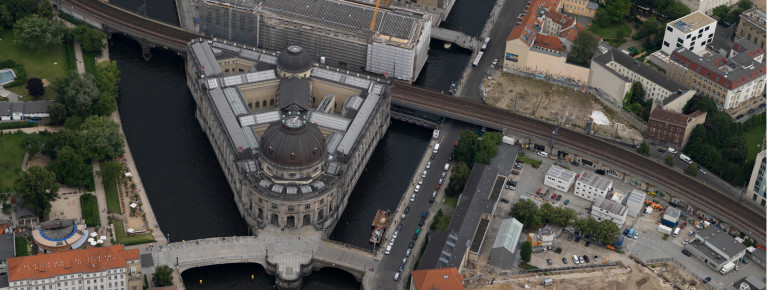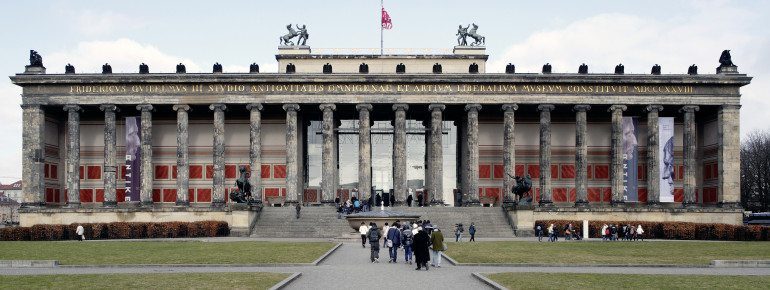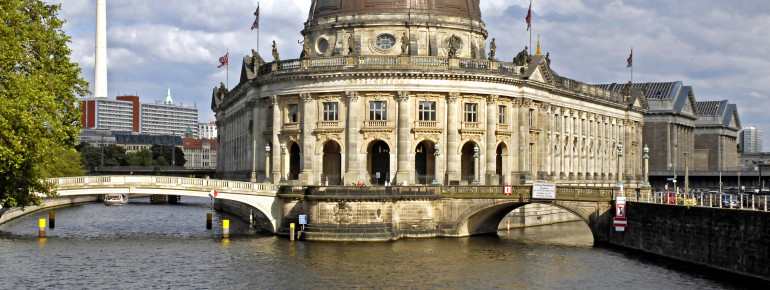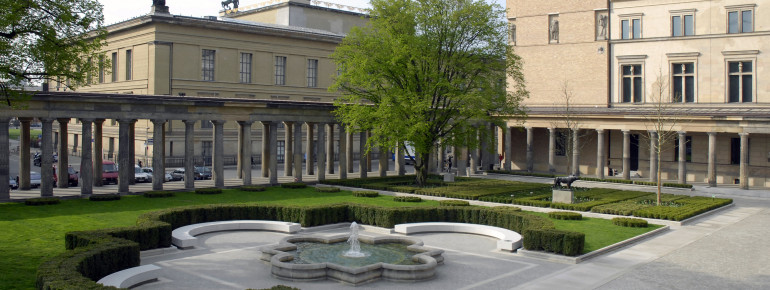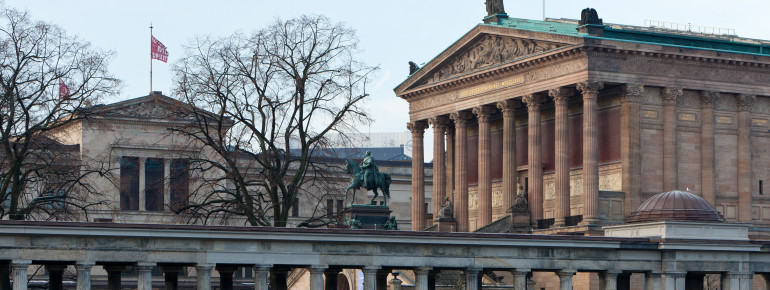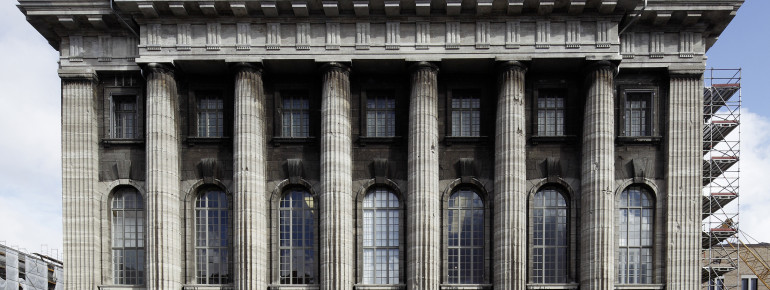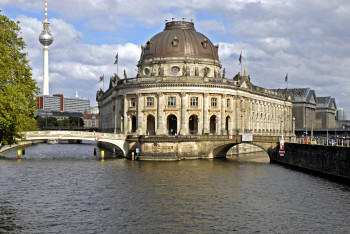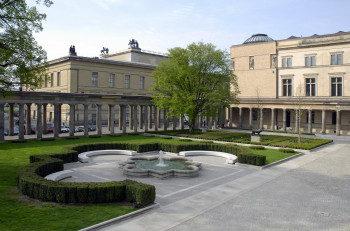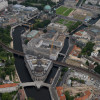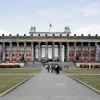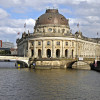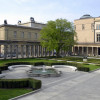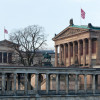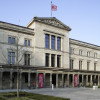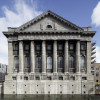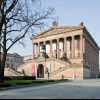Contents
Description
Berlin's Museum Island is located at the heart of the German capital, on river Spree. The island, UNESCO World Heritage site since 1999, is home to five of the city's most important museums.
Altes Museum (Old Museum)
At the island's centre you can find the Old Museum, Berlin's first museum building. Its entry by the Lustgarten (Pleasure Garden) can be seen from the "Unter den Linden" boulevard. Its unique architecture indicates the museum's special role in arts. Today, it features the Berlin State Museums' antiques collection.
Neues Museum (New Museum)
After its destruction during World War II, the building was restored, and finally the New Museum was able to re-open in 2009. It is home to the Egyptian Museum, featuring the bust of Nefertiti, a papyrus collection, the Museum for prehistory and early history as well as some exhibits from the antiques collection.
Alte Nationalgalerie (Old National Gallery)
The temple-like building of the Old National Gallery, framed by a colonnade, is located at the island's east side. The gallery's focus is on 19th century art. Caspar David Friedrich, Adolph Menzel, Paul Cézanne, and many more are represented here.
Bode Museum
The Wilhelmine baroque building of Bode Museum is situated at the northern tip of Museum Island. Visitors may expect collections of sculptures dating back as far as 1800. Furthermore, you will find the Byzantine Art Museum and the coin collection.
Pergamon Museum
The Pergamon Museum consists of three wings, and features parts of the antiques collection, the Museum of Islamic Art as well as the Near Eastern Museum. It is known primarily for its impressive architectural reconstructions. Over one million annual visitors make it one of the most visited museums in Berlin. As the museum is currently under construction to add a fourth wing, parts of the exhibition may be temporarily closed at times. The museum will be fully accessible again in 2025/26.
Historical Information
Museum Island was created at Berlin's centre between 1830 and 1930 by architects Karl Friedrich Schinkel (Altes Museum), Friedrich August Stüler (Neues Museum and Alte Nationalgalerie), Ernst Eberhard von Ihne (Bode Museum), and Alfred Messel (Pergamon Museum).
The museum buildings were severely damaged during Second World War fires and bombings. It wasn't until the German reunification that the full collections could come back together. Restoration works unter the caption "Masterplan Museumsinsel" began in 1999, and are due to be completed in 2025/26.
How to get there

The easiest way to get around in Berlin is on public transport. Various bus and tram lines take you to the stops around Museum Island. Stations include Hackerscher Markt, Lustgarten, Spandauer Straße/Marienkirche, Staatsoper, and Am Kupfergraben/Georgenstraße.

